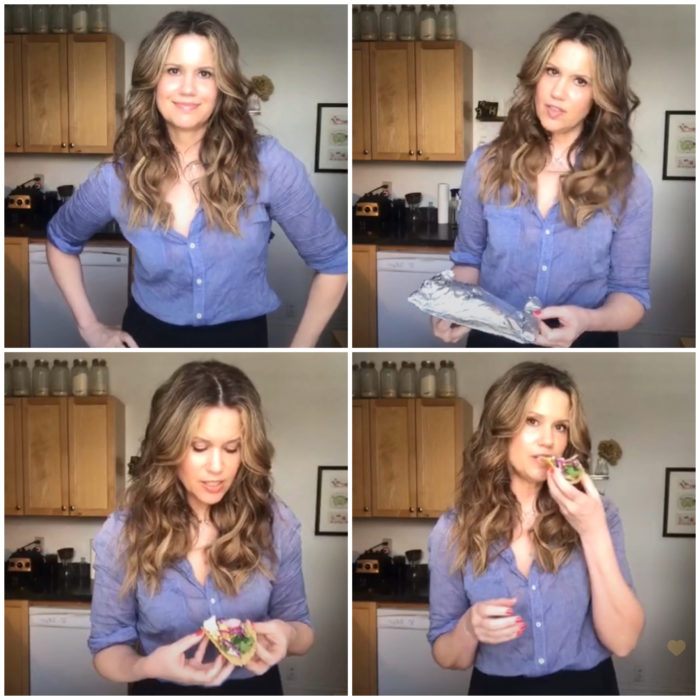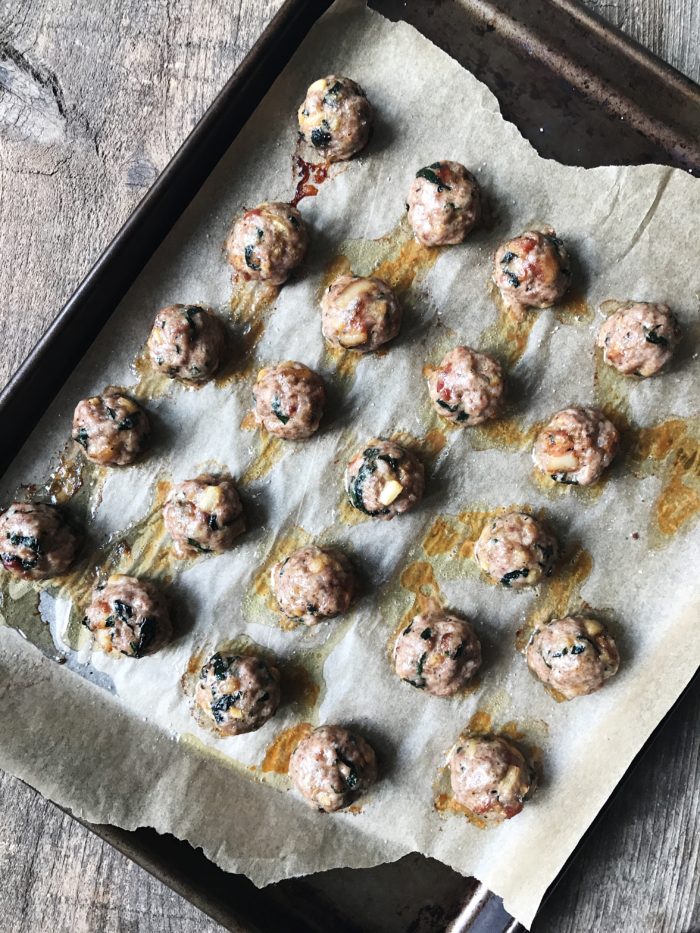Tired of Being Hungry All the Time?

I personally hate being hungry all the time.
I find it tiring and annoying.
Appetite is a tricky beast, with many inputs, from setting to mood to hormones to stress to the actual food itself.
There’s no question that food has been an easy comfort since the pandemic began, but now that the stress is easing at least a bit, getting back to a healthier routine is sounding damn appealing to a lot of us!

There were so many memes (like the one above) that popped up at the beginning of the pandemic about how working at home meant finding oneself continually, accidentally in the kitchen.
Funny at first!
And then kind of stressful and not funny at all!
(Welcome to my world, by the way, I’ve worked at home for more than a decade, in my kitchen no less, while cooking all day. The good news is, I’ve learned a thing or two about appetite, even in the continual presence of food.)
I could see my clients and followers on social media feeling distressed about the annoying desire to eat, even when they knew they didn’t need more calories.
And as the ability to re-enter the real world – in real clothes! – has become possible again, the annoyance of having put on weight during a year and a half at home is real.
It’s depressing if your favorite clothes don’t fit. And it’s worrisome to have energy depleted and health compromised by excess weight.
None of us need extra stress right now.
And so, I took the reality of social distancing and used it to research and experiment with appetite and food choices.

At the risk of sounding like a total nerd (because I am, in fact, a total nerd), I think constantly about how to help people improve their health with real food that is easy to prepare, deeply nutritious, filling, and delicious.
That’s a tall order, but I’m pretty good at it, and I would love for you to be too.
This drive has given birth to Fresh Tart, Project Vibrancy Meals meal plans, The 30-Minute Paleo Cookbook, The Kickass Condiments E-Book, Cook Along with Stephanie cooking classes, and my Project Vibrancy coaching practice.
This time, I’m directly addressing appetite and weight loss.
I haven’t done that before, exactly.
Of course I’ve experienced myself – and science shows – that a diet based on whole, real food (a la all of the things I teach and recipes I share) is at the core of a healthy lifestyle and weight.
But after Covid, I’ve had many more questions about weight loss specifically than I have before, and so I’ve put extra effort into sharing what’s proven to work and breaking it down into something easy for you to execute.

I had the serendipitous bonus of staying with my competitive bodybuilder and personal trainer sister for a couple of months this spring as I was experimenting. She has been more than willing to geek out with me on the nutrition that manipulates body weight.
We both agree that no one can change their weight if they’re not full and satisfied with what they’re eating.
And no one can maintain weight loss if it’s achieved with gimmicks that harm health and metabolism over the long term (and so many fad diets do both of those things).
At the heart of managing appetite is eating an adequate amount of protein.
This is no secret, I’m sure you’ve heard it before.
High protein-per-calorie foods are more filling, for longer, than refined carbs or pure fats (and especially more filling than carbs and fats together, which are in fact appetite stimulating).
But what’s equally interesting to me is the theory that we have a biological drive to eat until we meet our minimum protein requirements. This theory is known as the Protein Leverage Hypothesis.
It goes like this: Protein is required for survival (unlike carbohydrates) and under-consuming protein leads to strong hunger, particularly for savory foods.
The problem is that our modern food environment is loaded with savory processed foods that have very little protein in them. As a result, we over-consume calories in our attempt to meet our minimum protein requirements.
And we gain weight, while never feeling truly full.

What’s the solution?
Choose high protein-per-calorie foods – the foods our appetites are really driving us toward.
Try this experiment for a week: download a calorie-tracking app and start logging what you eat. You can’t change what you don’t measure!
Aim for 25-30 grams of real-food protein per meal, and another 15-20 grams for a snack. That will likely be more protein than you usually eat.
Many terrific things happen when you meet your protein needs with naturally high-protein, lower-calorie real foods.
One, your appetite purrs instead of roars.
Two, the nutrient density of your diet goes way up, because high-protein foods like meat, eggs, fish/seafood, legumes, and low-fat dairy are loaded with vitamins and minerals. That means satiety and energy!
And three – and I really love this one – you never have to feel confused about what to eat again.
Just start with protein foods, add a moderate serving of real-food carbs, add a bit of healthy fat, and watch your appetite fall into place. Because you’re feeding your body the protein it’s craving. And because you’ve met your vitamin and mineral requirements too.
It’s so elegant!

I’ve created a new appetite-control, weight-loss protocol around this very concept.
I’m calling it Project Vibrancy Macro Reset. In it, I provide you with weekly meal plans so that you have plenty of delicious protein, vegetables, real-food starch, and healthy fats (aka condiments) prepped and ready to go.
And I also provide you with weekly articles and assignments, breakfast and lunch ideas, instruction on tracking macros (protein, carbs, and fat) and how to meet your goals, all supported with twice-weekly live Q&A sessions on Zoom to answer questions and keep you on track.
If you’re ready to lose weight deliciously and with ease, click here and let’s get started.
xoxo Stephanie




